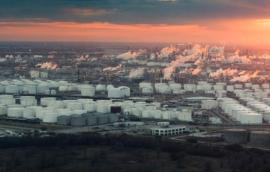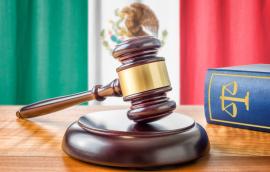The BRICS Bank Raises Tough Questions for Its Founders
The BRICS clearly want something tangible to demonstrate their global prominence and the power of non-Western values. Russell Green examines the critical issues that must be resolved before the BRICS bank can open its doors.
Russell Green July 24, 2014








